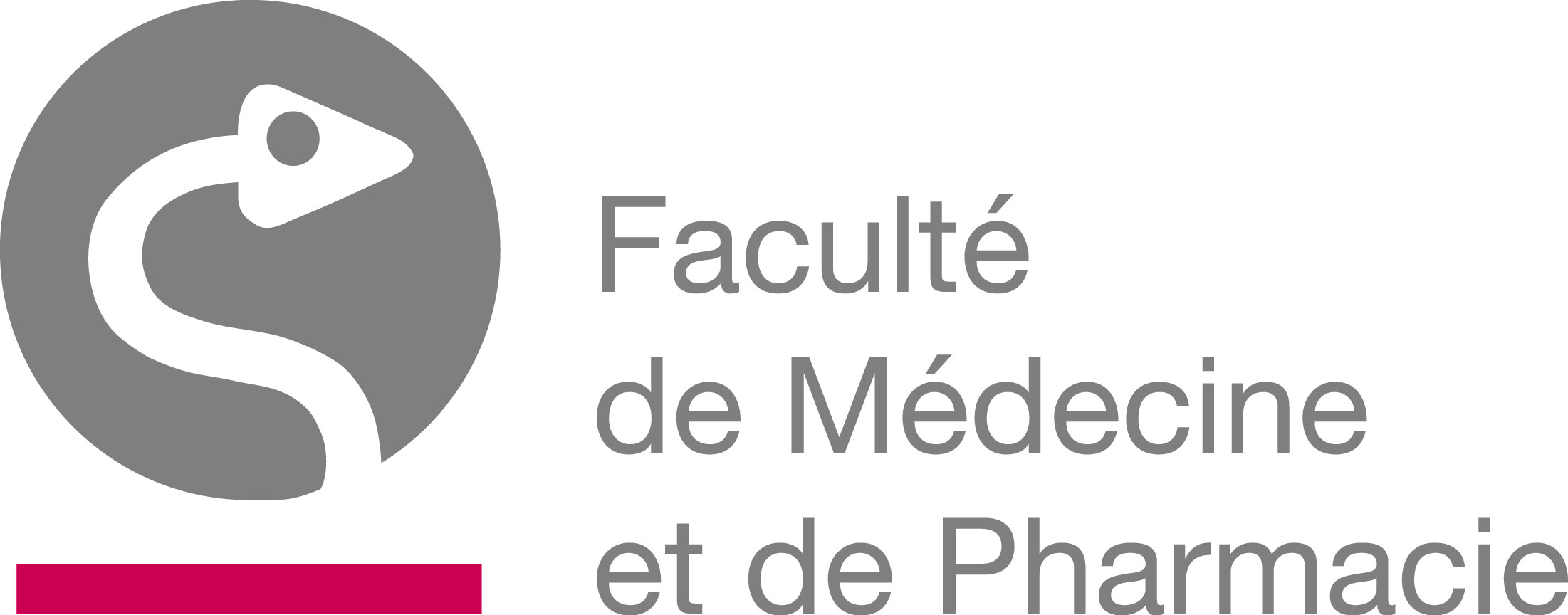 | Study programme 2019-2020 | Français | |
 | General Neurophysiology | ||
Programme component of Bachelor's in Biomedicine à la Faculty of Medicine and Pharmacy |
| Students are asked to consult the ECTS course descriptions for each learning activity (AA) to know what assessment methods are planned for the end of Q3 |
|---|
| Code | Type | Head of UE | Department’s contact details | Teacher(s) |
|---|---|---|---|---|
| UM-B2-BIOMED-016-M | Compulsory UE | RIS Laurence | M119 - Neurosciences |
|
| Language of instruction | Language of assessment | HT(*) | HTPE(*) | HTPS(*) | HR(*) | HD(*) | Credits | Weighting | Term |
|---|---|---|---|---|---|---|---|---|---|
| Français | 30 | 10 | 0 | 3 | 0 | 4 | 4.00 | 2nd term |
| AA Code | Teaching Activity (AA) | HT(*) | HTPE(*) | HTPS(*) | HR(*) | HD(*) | Term | Weighting |
|---|---|---|---|---|---|---|---|---|
| M-NEUR-101 | General Neurophysiology | 30 | 10 | 0 | 3 | 0 | Q2 | 100.00% |
| Programme component |
|---|
Objectives of Programme's Learning Outcomes
- Understand, describe, analyse and prioritise biological phenomena
- Understand basic scientific knowledge and be able to use it
- Problem-solve
- Abstract, understand and apply mathematical translations of the main laws and biological phenomena
- Understand and use different graphical representations of numerical values and their relationships
- Perceive spatial distribution, and understand two- and three-dimensional representations and interconvert them
- Understand the chronology of a phenomenon and master the time scales and their representations
- Manipulate concepts of concentration and prepare solutions
- Control the molecular, morphological and functional approaches of normal and pathological conditions
- Understand the learning of physiological and pharmacological reasoning
- Integrate concepts from different approaches/disciplines in a complex biomedical problem
- Explain how molecular, morphological and functional modifications constitute pathological states and vice versa
- Manage their studies
- Be open to research and demonstrate scientific curiosity
Learning Outcomes of UE
At the end of this course, the student will understand the mechanisms underlying the electrical activity of the neurons as well as those of the structures (called synapses) through which neural cells communicate with each other. He (she) will be able to understand how many pharmacological drugs act on the brain.
Content of UE
M-NEUR-101
Prior Experience
Human general biology
Type of Assessment for UE in Q2
- Written examination
Q2 UE Assessment Comments
Written exam : 90 % of the final note
Test and report of practical work : 10% of the final note
Type of Assessment for UE in Q3
- Written examination
Q3 UE Assessment Comments
100%: written exam
Type of Teaching Activity/Activities
| AA | Type of Teaching Activity/Activities |
|---|---|
| M-NEUR-101 |
|
Mode of delivery
| AA | Mode of delivery |
|---|---|
| M-NEUR-101 |
|
Required Reading
| AA | |
|---|---|
| M-NEUR-101 |
Required Learning Resources/Tools
| AA | Required Learning Resources/Tools |
|---|---|
| M-NEUR-101 | Diaporamas available on intranet (Moodle) |
Recommended Reading
| AA | |
|---|---|
| M-NEUR-101 |
Recommended Learning Resources/Tools
| AA | Recommended Learning Resources/Tools |
|---|---|
| M-NEUR-101 | Not applicable |
Other Recommended Reading
| AA | Other Recommended Reading |
|---|---|
| M-NEUR-101 | Principles of Neural Science. Fourth Edition (2000) by E. KANDEL, J. SCHWARTZ and T. JESSEL. McGraw-Hill. |
Grade Deferrals of AAs from one year to the next
| AA | Grade Deferrals of AAs from one year to the next |
|---|---|
| M-NEUR-101 | Authorized |